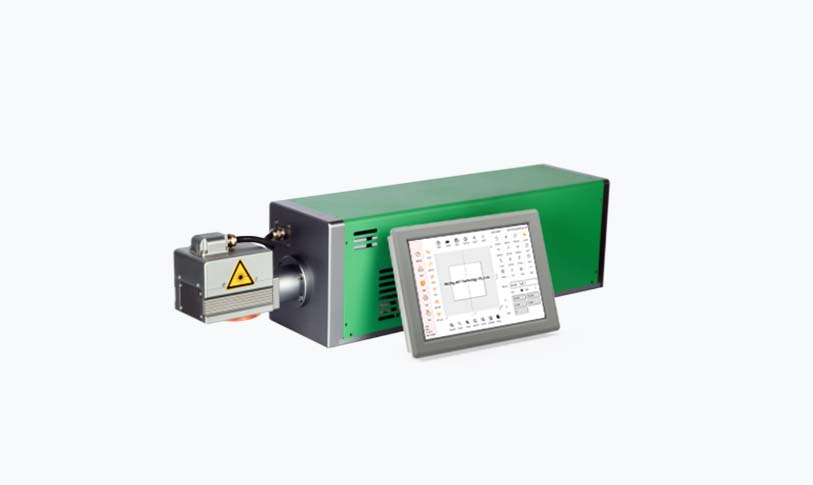**Introduction**
In the rapidly advancing fields of science and technology, high power femtosecond lasers are emerging as a transformative tool capable of revolutionizing various applications, from medical procedures to materials processing. These lasers, which emit pulses of light measured in femtoseconds (one quadrillionth of a second), enable unprecedented precision and control in a myriad of disciplines. This article explores the mechanics of high power femtosecond lasers, their applications, and the future they promise in both research and industry.

Unlocking New Frontiers in Science and Technology: The Transformative Potential of High Power Femtosecond Lasers
**Understanding Femtosecond Lasers**
Femtosecond lasers are based on the principle of ultrafast optics, which generates extremely short pulses of light. These pulses allow researchers to observe and manipulate physical and chemical processes at extraordinarily high speeds, nearly at the pace of electron movement. The advent of high power femtosecond lasers has taken this technology to new heights, providing intensities strong enough not only to study fundamental processes but also to induce transformations in materials that were previously unattainable.
High power femtosecond lasers can produce peak powers in the multi-gigawatt range and are characterized by their ability to focus energy into small volumes, enabling nonlinear optical effects. This transformational ability facilitates their use in various cutting-edge applications.
**Applications in Medicine**
One of the most promising areas for high power femtosecond lasers is in the medical field. The precision and control offered by these lasers make them ideal for advanced surgical techniques, particularly in ophthalmology. For instance, femtosecond lasers are instrumental in procedures such as LASIK eye surgery, where they help in reshaping the cornea with remarkable accuracy and minimal collateral damage to surrounding tissues.

Unlocking New Frontiers in Science and Technology: The Transformative Potential of High Power Femtosecond Lasers
Moreover, high power femtosecond lasers are increasingly being explored for their potential in other medical applications such as tattoo removal, where the short bursts of energy can disrupt the ink particles without damaging the skin. Additionally, their applicability in the field of cancer treatment, where they could potentially be used to target and destroy cancerous cells with precision, is currently under research.
**Advancements in Materials Processing**
The manufacturing and materials science sectors are experiencing a revolution due to high power femtosecond lasers. These lasers are being used for precision micromachining, allowing for the creation of intricate designs and patterns on various materials, including metals, plastics, and glass. The ability to create microstructures at a precise depth enables innovations in electronics, optics, and sensors.
Furthermore, high power femtosecond lasers facilitate the process of laser-induced breakdown spectroscopy (LIBS), a technique that allows for the elemental analysis of materials. By analyzing the light emitted from a plasma created by the focused laser pulse, researchers can determine the composition of various substances with high sensitivity and specificity.
**Addressing Industrial Challenges**
As industries face increasing demands for efficiency and precision, the integration of high power femtosecond lasers offers significant advantages. Traditional manufacturing processes often produce excess waste and are limited by the capabilities of mechanical tools. The precision of femtosecond lasers minimizes material loss and allows for the production of more complex geometries than traditional methods.
In addition, the versatility of high power femtosecond lasers lends itself to different materials and applications, making them ideal for industries ranging from aerospace to automotive and electronics. Their ability to ablate materials with high selectivity reduces the risk of thermal damage, particularly important when working with sensitive materials.
**Future of Femtosecond Laser Technology**
The realms of research and industry continue to explore the capabilities of high power femtosecond lasers. As technology progresses, we can expect improved laser systems with higher output power, better beam quality, and more efficient energy consumption. Advances in laser synchronization and control mechanisms will further enhance their applications across diverse fields.

Unlocking New Frontiers in Science and Technology: The Transformative Potential of High Power Femtosecond Lasers
Furthermore, integrating artificial intelligence and machine learning algorithms with high power femtosecond laser technology could lead to revolutionary developments in automated manufacturing processes and real-time control systems in medical procedures.
**Conclusion**
High power femtosecond lasers stand at the forefront of modern technology, their transformative potential unfolding in various domains of science and industry. By enabling ultra-precise interactions at a scale previously thought unimaginable, these lasers not only push the boundaries of existing applications but also open new avenues for innovation. As research progresses and the technology matures, the implications of high power femtosecond lasers are poised to reshape our understanding and capabilities in fundamental science, medicine, and manufacturing.co2 laserovy resurfacing



